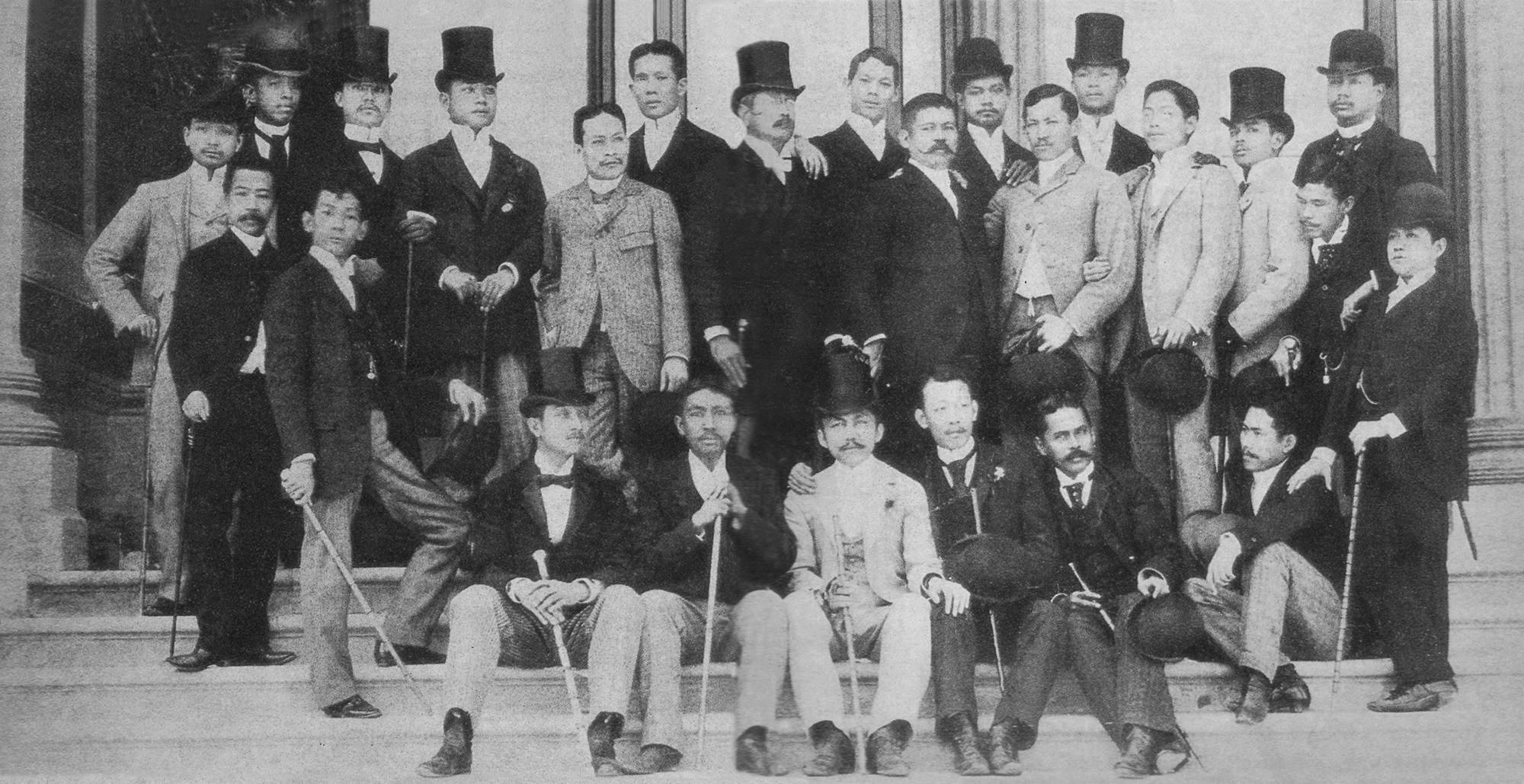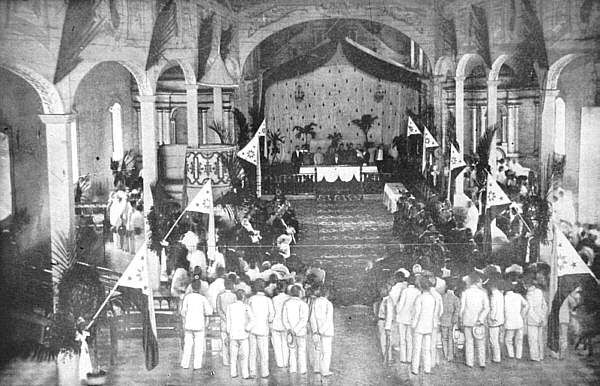 |
| Independence document of Philippines |
In 1899, Emilio Aguinaldo declared independence of Philippines. However, Spain and US didn't care about his declaration of independence. Aguinaldo continued guerrilla resistance against both Spain and US until 1901 when he was captured by US Army. The true independence starts from US passing a bill to ensure Philippines' autonomy in 1934 (A). The law was named Tydings-McDuffie Independence law. This law instituted commonwealth government and led further stipulated complete independence in 1944 (E).
As World War II occurred, Japan invaded Philippines as a result of it. In 1942, Japan successfully possessed the whole parts of Philippines. However, US general Douglas Mac Arthur recaptured Philippines in 1945. Due to the end of World War II, US finally recognized Philippines' independence in July 4, 1946 in the Treaty of Manila (C).

